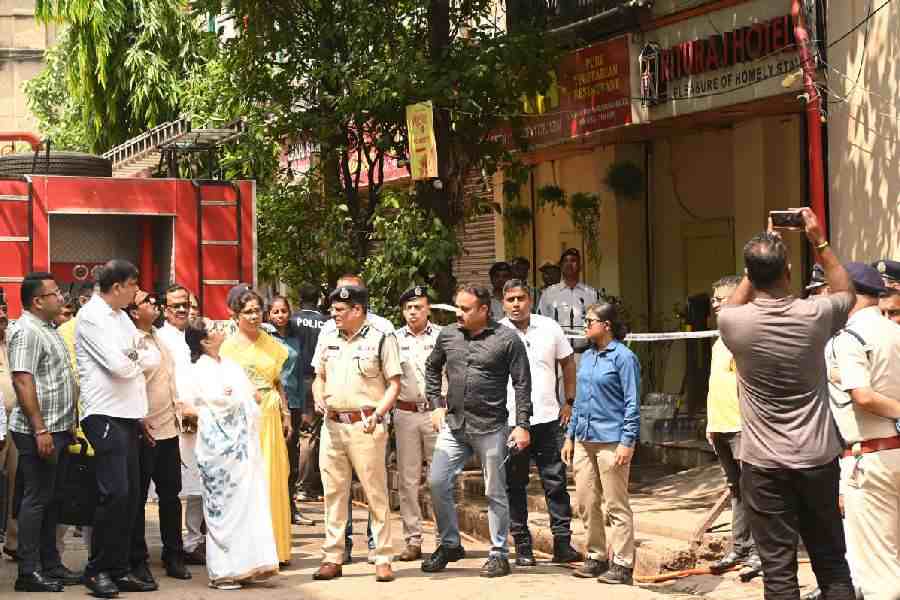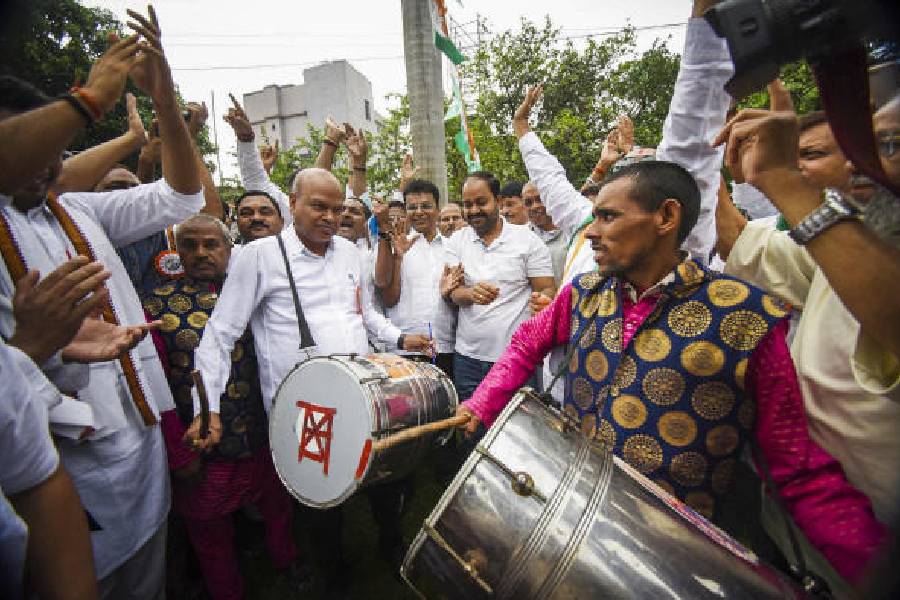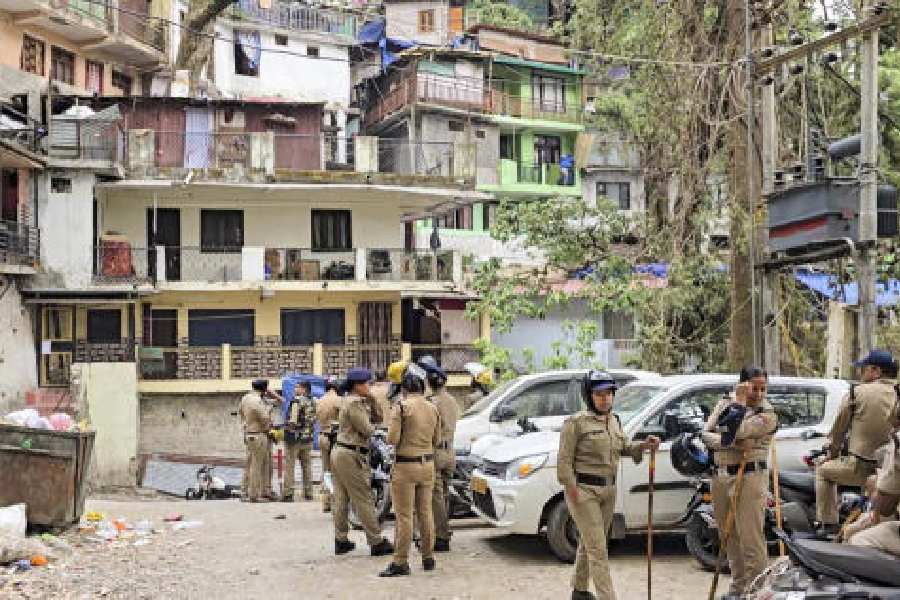 |
| Arun Jaitley |
New Delhi, Oct. 30: The Union government will create posts for 94 more high court judges across the country in the largest-ever expansion in one go.
The new slots will take the total number of high court judge posts to 749, but over 190 seats will lie vacant unless the courts recommend names to fill them.
Calcutta High Court will be among the recipients of the maximum number of the new posts. The court, along with those in Madhya Pradesh, Punjab and Haryana, will get 13 additional posts each. Gauhati High Court will get eight new seats.
The number of vacancies in high courts has been put at 163, excluding the proposed 94 posts. The judiciary has so far recommended the names of 63 judges, which means it has to nominate 194 more to fill all the vacancies after the new posts are created.
“I have been repeatedly writing to the chief justices of the high courts to send recommendations for filling the vacant posts. The Chief Justice of India has also been repeatedly reminding the high courts to initiate the process for filling the existing vacancies,” law minister Arun Jaitley said.
Jaitley pointed out that 33,68,621 cases are pending before the high courts, of which 21,64,182 were more than two years old. The vacancies, thus, need to be filled as soon as possible to help cut the backlog, he said.
The strength of the judges in various courts is reviewed every three years by the government and posts are filled at the recommendation of a panel of judges presided over by the Chief Justice of India. In the case of high courts, the chief justice of the high court concerned has a say in appointments.
According to the guidelines finalised in 1994 on the recommendation of the Chief Justice of India, the requirement of permanent judges in a high court is worked out by dividing the average institution of main cases during the last five years by the national average or the average rate of disposal of main cases per judge per year in the high court, whichever is higher.
The latest increase in the number of posts is the largest-ever carried out through the process set in motion by the apex court.
After the review of judges’ strength in 1995, it was increased to 618. In 1999, the number went up to 655.
From the new posts, Patna High Court will get 12 additional judges while the strength of judges in the high courts of Kerala and Orissa would be increased by 11 each.
Asked why bigger high courts at Allahabad and Mumbai were not getting additional judges, Jaitley said the judges’ strength was sanctioned on the basis of the disposal rate and the number of cases pending.
“The strength of Allahabad, Bombay and Madras high courts will be increased by conversion of posts of additional judges into permanent ones,” he said.
Delhi High Court, whose disposal rate was below the national average of 1,976 cases per judge per year, got three more judges’ post. “The government has taken a holistic view for fixing the judge strength in high courts with reference to the transfer policy of judges, corporate and taxation cases in high courts,” Jaitley said.










